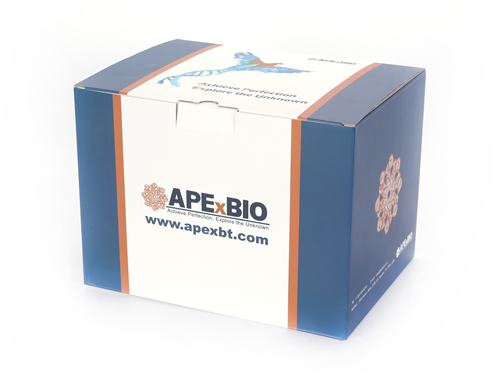Recombinant Human GM-CSF/CSF2
Granulocyte Macrophage Growth Factor (GM-CSF) is one of an array of cytokines with pivotal roles in embryo implantation and subsequent development. In response to cytokine or inflammatory stimuli, GM-CSF is produced by a number of different cell types, including T cells, B cells, macrophages, mast cells, endothelial cells, fibroblasts, and adipocytes [1]. As a survival factor, GM-CSF activates the effector functions of granulocytes, monocytes/macrophages, and eosinophils [1, 2]. GM-CSF promotes a Th1 biased immune response, angiogenesis, allergic inflammation, and the development of autoimmunity [3-5]. It shows clinical effectiveness in ameliorating chemotherapy-induced neutropenia, and GM-CSF transfected tumor cells are utilized as cancer vaccines [6, 7]. Mature human GM-CSF shares 63%-70% amino acid sequence identity with canine, feline, porcine, and rat GM-CSF and 54% with mouse GM-CSF. GM-CSF exerts its biological effects through a heterodimeric receptor complex composed of GM-CSF R alpha /CD116 and the signal transducing common beta chain (CD131) which is also a component of the high-affinity receptors for IL-3 and IL-5 [8, 9]. In addition, GM-CSF binds a naturally occurring soluble form of GM-CSF R alpha [10].
Reference
[1]. Martinez-Moczygemba, M. and D.P. Huston (2003) J. Allergy Clin. Immunol. 112:653.
[2]. Barreda, D.R. et al. (2004) Dev. Comp. Immunol. 28:509.
[3]. Eksioglu, E.A. et al. (2007) Exp. Hematol. 35:1163.
[4]. Cao, Y. (2007) J. Clin. Invest. 117:2362.
[5]. Fleetwood, A.J. et al. (2005) Crit. Rev. Immunol. 25:405.
[6]. Heuser, M. et al. (2007) Semin. Hematol. 44:148.
[7]. Hege, K.M. et al. (2006) Int. Rev. Immunol. 25:321.
[8]. Onetto-Pothier, N. et al. (1990) Blood 75:59.
[9]. Hayashida, K. et al. (1990) Proc. Natl. Acad. Sci. 87:9655.
[10]. Pelley, J.L. et al. (2007) Exp. Hematol. 35:148.
|
Accession # |
P04141 |
|
Alternate Names |
Colony stimulating factor 2, CSF-2, GMCSF |
|
Source |
Human embryonic kidney cell, HEK293-derived human GM-CSF/CSF2 protein |
|
Protein sequence |
Ala18-Glu144 |
|
M.Wt |
14.5 kDa |
|
Appearance |
Solution protein. |
|
Stability & Storage |
Avoid repeated freeze-thaw cycles. It is recommended that the protein be aliquoted for optimal storage. 3 years from date of receipt, -20 to -70 °C as supplied. |
|
Concentration |
0. 2 mg/mL |
|
Formulation |
Dissolved in sterile PBS buffer. |
|
Reconstitution |
We recommend that this vial be briefly centrifuged prior to opening to bring the contents to the bottom. This solution can be diluted into other aqueous buffers. |
|
Biological Activity |
Measured in a cell proliferation assay using TF-1 human erythroleukemic cells. The EC50 for this effect is 2-20 pg/mL. |
|
Shipping Condition |
Shipping with dry ice. |
|
Handling |
Centrifuge the vial prior to opening. |
|
Usage |
For Research Use Only! Not to be used in humans. |
Quality Control & DataSheet
- View current batch:
-
Purity > 95%, determined by SDS-PAGE.
- Datasheet
Endotoxin: <0.010 EU per 1 ug of the protein by the LAL method.








